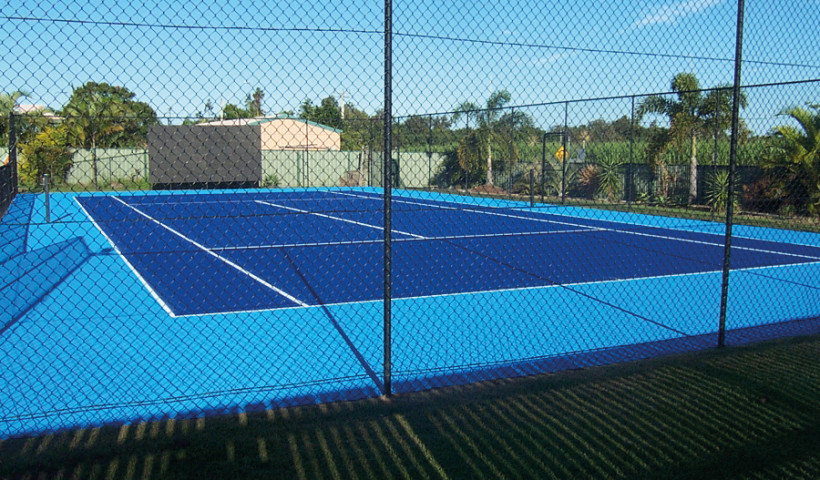 NEW
NEW
The paint industry is one of the industries that has responded to these challenges, reducing VOCs to ever lower levels and even producing coatings with no added VOC at all.
A weak chink in the armour of these ultra-low VOC coatings is that they have been invariably available in any colour as long as it is white. The reason for this is that the point-of-sale tinters used to produce the vast range of colours available today invariably contain some VOC.
Now this is not to say that these tinters are "nasties" – not at all. The colours used in paints have been safe since lead was replaced. The issue lies in the fact that tinter pastes, which contain high levels of pigments, can dry out in a tinter machine, blocking nozzles and causing dry bits to fall into the paint and reduce the accuracy of the colour. The problem is avoided by adding a material called propylene glycol to the pastes which acts as a humectant - that is, a material which hangs onto moisture and prevents the paste drying out. When the tinter paste is incorporated into a paint and used, the propylene glycol evaporates and causes no residual water sensitivity.
However propylene glycol, which is a bland material used in medications, cosmetics and even as a food additive, fits into the definition of a VOC and adds VOC to any paint to which it is added. Clearly, pastel colours are least affected but the effect in deep colours can become significant.
Alternatives to propylene glycol exist but generally come with certain drawbacks, such as creating thicker and less easily dispensed tinters; leaving a water-sensitive residue in the paint film; adding cost; and, most importantly to the dispersion chemist, can interact less positively with the pigment dispersing and stabilising systems.
Having stable, well-dispersed pigments is absolutely crucial to the performance of tinters. When one considers that there can be over two hectares of pigment surface in a single litre of a high-strength tinter, the magnitude of the problem of managing a change from VOC-containing to non-VOC can be imagined. Further, because the whole of a colour system depends on the smooth working of the tinting system, one can simply not afford to be wrong.
Following a two-year development programme, Resene introduced Resene non-VOC tinters into designated ColorShops as they were developed. Performance has been closely monitored to ensure that when the time came to fully launch the non-VOC range, the changeover would be trouble-free.
All of the standard range of tinters has now been formulated, manufactured and are being sold tinted into Resene decorative paints through Resene ColorShops and Resellers. All colours are made to the same existing colour standards using the same formulations. When selecting products to meet green rating programmes, the Resene non-VOC tinters will add no VOC to the paint, so tinted or untinted the VOC of the paint will be the same. In fact, the only discernible difference expected is that no matter which colour you specify, no matter how deep it is, it will be greener.








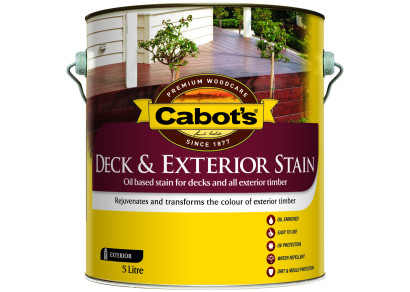



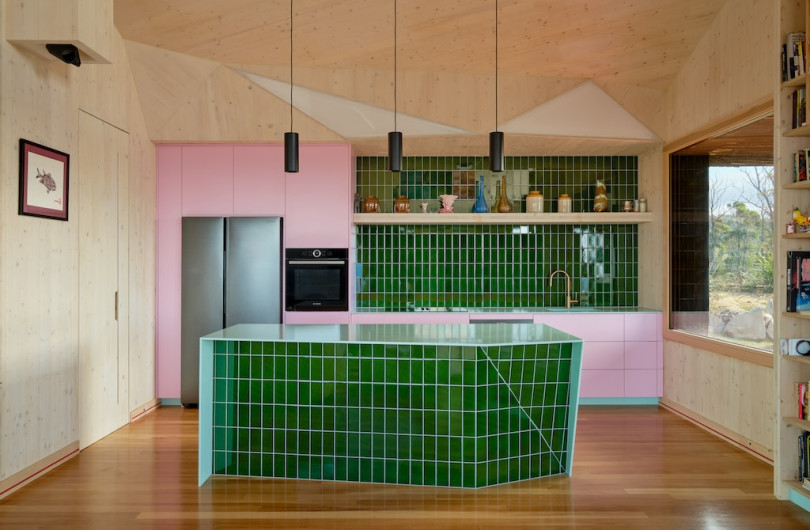
 Case Studies
Case Studies





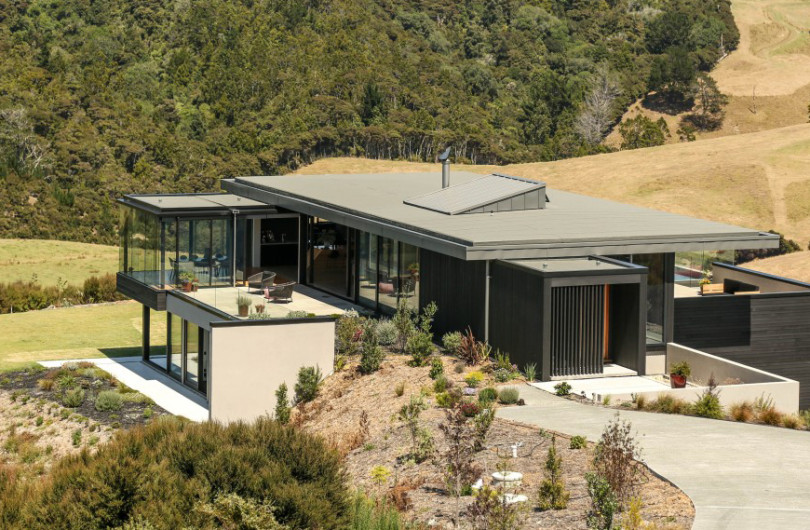








 Popular Products from Resene
Popular Products from Resene


 Posts by Resene Technical
Posts by Resene Technical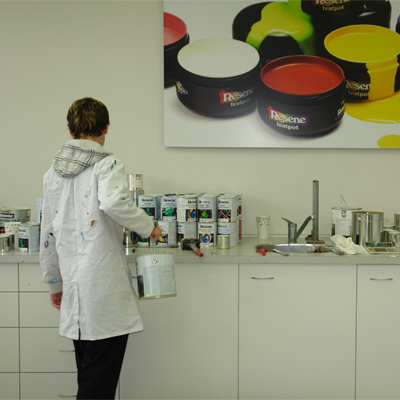
 Most Popular
Most Popular



